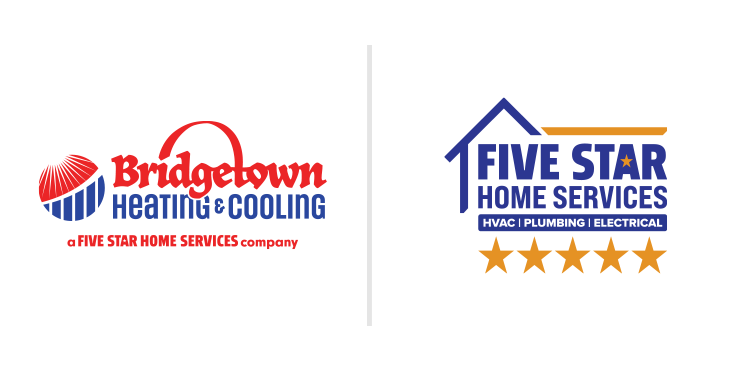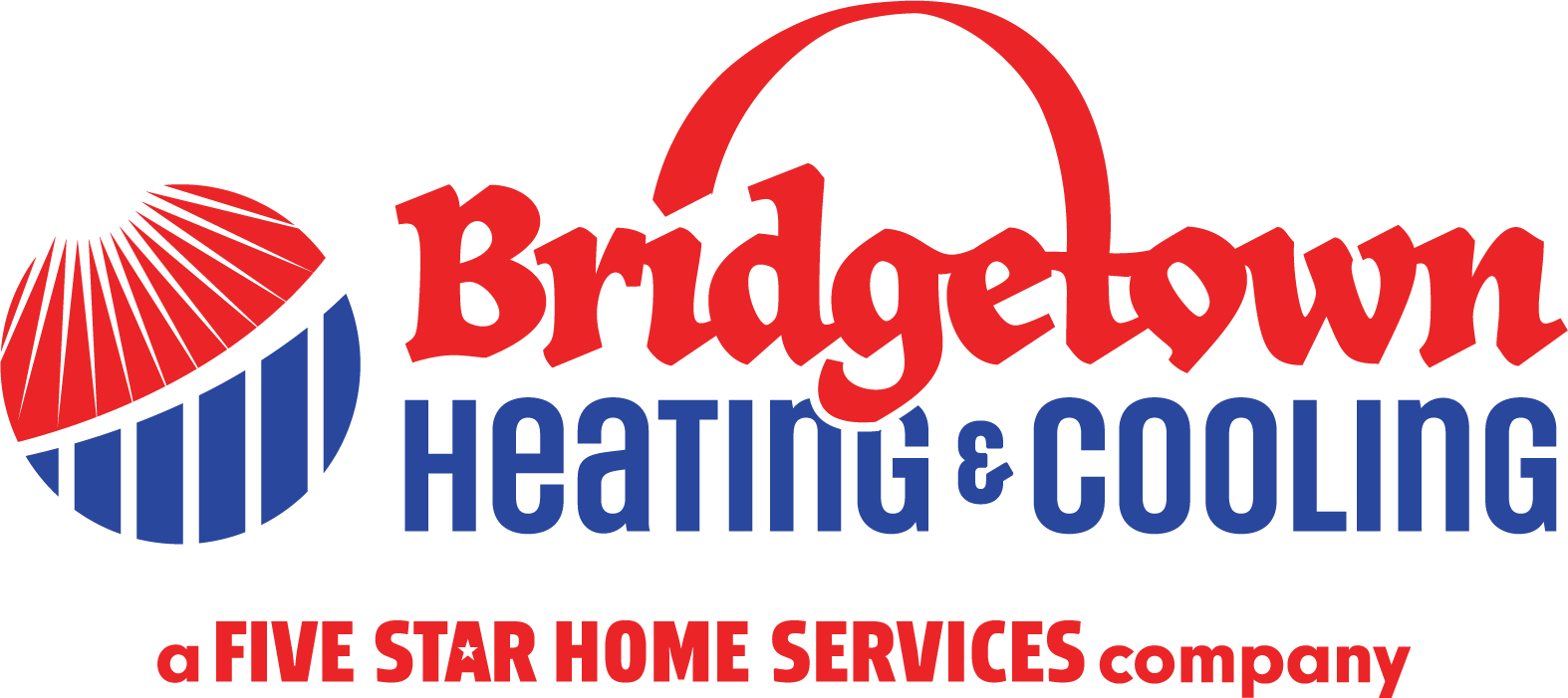For numerous residents of Ohio, the arrival of warmer days also signifies the onset of the challenging allergy season. Situated in the heart of the Midwest, Ohio’s diverse climate and landscape contribute to a wide array of airborne irritants that can trigger hay fever and other unfortunate allergy-related symptoms. If you find yourself constantly battling these inconvenient allergens, please be assured that you are not alone. Many Ohioans grapple with the seasonal burden of allergies. Today, let Bridgetown Heating & Cooling offer some valuable tips and tricks to help fortify your home and personal space against the notorious culprits of pollen, dust, and other triggers.
Hay Fever and Its Symptoms:
Hay fever, scientifically referred to as allergic rhinitis, manifests symptoms resembling those of a common cold. However, these symptoms are not triggered by a viral infection but rather occur as an allergic reaction resulting from exposure to indoor or outdoor allergens. The symptoms include:
1. Runny and/or stuffy nose
2. Watery eyes
3. Itchy nose, mouth, or/and throat
4. Sneezing
5. Coughing and/or puffy and swollen eyelids
Ohio’s Landscape and Its Allergens:
Understanding the culprits behind your allergy triggers is the initial step in developing a line of defense against them. Ohio’s allergy season primarily occurs during spring and fall, attributed to the extensive pollination of ragweed, trees, and grasses, resulting in a high concentration of airborne pollens. Furthermore, the state’s distinctive geography, encompassing lakes, rivers, and vast farmlands, contributes to a combination of environmental factors that can exacerbate allergies. These factors range from mold spores in the humid Ohio River Valley to the dispersion of dust and grime by the wind in the flat farming areas.
Fun fact: The first day of spring in 2024 is on March 19th.
Spot and Combat Common Allergens with Home Solutions:
Please note that although it may be convenient to attribute watery eyes and itchy throat to outdoor fields and forests, it is important to acknowledge the potency of indoor allergens as well. Pet dander, dust mites, and mold can all be present in homes, contributing to allergies that persist throughout the year. It is worth considering that your bedroom, living room, and kitchen could serve as potential hotspots for these irritants.
Here are a few straightforward yet highly effective household tips for reducing indoor allergen triggers:
1. Showering: If your allergies are considered severe, it may be advisable to promptly shower after spending a prolonged period outdoors. Cleansing your body of any pollen or particles as soon as possible is recommended, as it reduces the likelihood of allergen particles being brought inside and further triggering your symptoms within your home.
2. Dusting: If you have not already, you should establish and adhere to a weekly dusting regime. You can use a damp cloth or a microfiber duster that effectively captures dust instead of merely redistributing it to other surfaces. In addition, don’t forget about dusting challenging-to-access areas such as ceiling fan blades and shelves.
3. Vacuuming: Utilize a vacuum cleaner equipped that has a HEPA filter to effectively capture dust and particles. And be sure to vacuum frequently traversed areas a minimum of twice per week. Additionally, it is important to remember to vacuum upholstered furniture as well.
4. Curtains and Drapes: These areas can serve as breeding grounds for dust and dander. It is recommended to regularly clean or vacuum curtains or drapes every few months, and allowing sunlight to enter can help eliminate moisture.
5. Bedsheets and Blankets: Regular laundering of all bedding, blankets, and bed sheets is imperative.
6. Air Filters: Maintaining a clean and efficient HVAC system is of utmost importance in managing indoor air quality (IAQ). High-efficiency air filters serve as the primary defense. So, make sure to change them regularly. Every 30 to 60 days is the recommended timeframe.

Were you aware that hay fever affects 1 in 5 people at least once in their lifetime?
Spot and Combat Common Allergens with Professional Solutions:
In certain cases, traditional home remedies may not suffice, particularly for individuals with severe allergies or respiratory conditions or those residing in areas prone to heavy pollution. You should try to explore professional-grade solutions or services to ensure that your home stays a safe haven with optimal indoor air quality.
Here are a few notable examples:
· Duct Cleaning – Duct cleanings are an excellent option for mitigating allergens by reducing dust and other dormant contaminants within the home. Additionally, duct cleanings can be particularly beneficial in humid environments. This is due to the circulation of mold spores throughout the air, infiltrating your home and compromising its indoor air quality (IAQ). By conducting duct cleaning, you can effectively eliminate and prevent the dispersion of mold spores and other unwanted airborne contaminants. It’s worth noting that professional duct cleaning is not required frequently. As a general guideline, scheduling a cleaning every 3-5 years is recommended.
· The iWave – The iWave is an advanced whole-home purification system that seamlessly integrates with your HVAC system. It features a cutting-edge needle-point bi-polar ionization generator meticulously engineered to capture and eradicate allergens, pathogens, and pollutants from the air within your home. Additionally, it effectively
eliminates unpleasant odors, reduces dust accumulation, and promotes overall healthier air quality. Moreover, this remarkable solution contributes to extending the lifespan of your HVAC system. With its low-maintenance design and whisper-quiet operation, the iWave ensures that every room benefits from the purest air possible.
· A Whole-home Dehumidifier – Mold flourishes in damp and warm environments, and the summers and river valleys of Ohio can provide the perfect climate for its growth. A dehumidifier not only reduces moisture but also plays a crucial role in improving air quality by maintaining low humidity levels. Moreover, investing in a whole-home dehumidifier with the capacity to cover the square footage of your home’s most frequently used areas can greatly enhance your home’s indoor air quality (IAQ). Additionally, it can help eliminate musty odors, making it an excellent option to consider.
· A Smart Thermostat – Having a smart thermostat can be beneficial in improving your home’s indoor air quality (IAQ). Numerous smart thermostats have the capability to monitor humidity levels and alert you if they reach a point that requires attention. Moreover, a smart thermostat can provide notifications when it’s time to change your HVAC air filter. It’s an excellent reminder to have amidst the busy demands of everyday life.
If you are interested in incorporating any of these advantageous components into your home or scheduling a ductwork cleaning service, please do not hesitate to contact us. We are more than willing to assist you in your endeavor to achieve better indoor air quality within your own home. Keep in mind that achieving a breathable, allergen-free home is attainable by understanding, identifying, and effectively combating these microscopic intruders.
Call Bridgetown Heating & Cooling today at (513) 273-1335 or schedule an appointment online now by clicking here!






